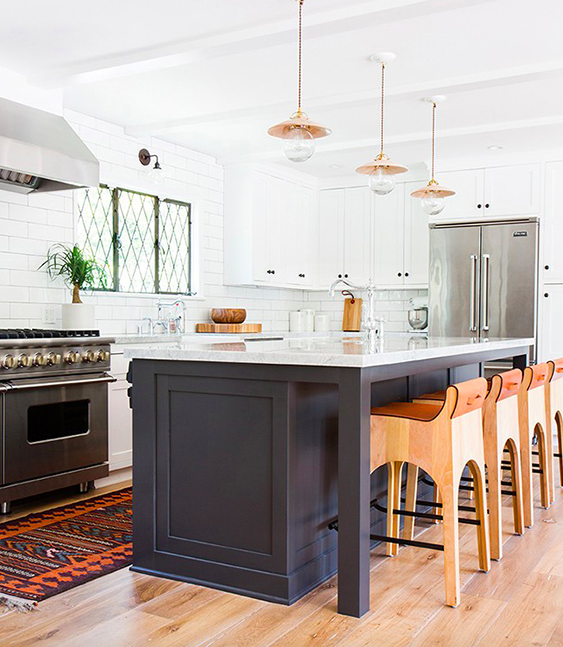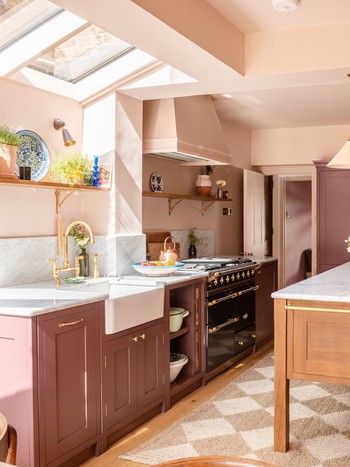Trick Factors To Consider for Finding the very best Legs For Kitchen Island for Your Style
When picking the perfect legs for your cooking area island, a number of crucial factors to consider come right into play that can substantially impact both performance and aesthetics. The option of product, design, and elevation should align with your total cooking area design to ensure an unified appearance.
Determine Your Style Choice
When picking the optimal legs for your kitchen island,Identifying your style preference is vital. The legs of your kitchen area island not just serve a functional objective yet also add significantly to the total aesthetic of the space. Therefore, recognizing your design style-- be it contemporary, rustic, conventional, or commercial-- is essential.
For a modern cooking area, think about streamlined, minimalistic legs that enhance tidy lines and open rooms. In contrast, a rustic setup might gain from more durable, farmhouse-style legs constructed from redeemed products. Typical cooking areas frequently favor transformed or elaborate legs, which can add a touch of sophistication and elegance. Meanwhile, a commercial aesthetic could call for steel legs that stress a raw, incomplete appearance.
Furthermore, consider the elevation and percentage of the legs in connection to the island's surface area. Ultimately, your design choice will influence not just the option of legs however likewise the general harmony of your kitchen's layout.
Choose the Right Material
Choosing the best product for your kitchen island legs is pivotal in ensuring both sturdiness and visual charm. Various products supply unique advantages, and the choice commonly shows your layout choices and useful requirements.
Wood is a preferred selection, offering warmth and convenience. It can be tarnished or repainted to match your kitchen area decoration, making it adaptable to various styles, from rustic to modern. Wood may need routine maintenance to preserve its look and stability.

If you seek an unique touch, take into consideration acrylic or glass products. They can develop an impression of area and lightness in your kitchen area, making them an exceptional option for smaller areas - Legs For Kitchen Island. Nevertheless, these options might call for careful handling and upkeep to prevent scrapes.
Eventually, the product you choose must straighten with your cooking area's overall style, making certain that the legs offer both functional and decorative purposes.
Consider Height and Proportions
When making a kitchen island, height and percentages play a crucial duty in ensuring capability and comfort,. The common elevation for a cooking area island commonly ranges from 36 to 42 inches, lining up with conventional counter elevations or bar elevations, respectively. This dimension is essential for harmonizing with bordering kitchen counters and stools, enabling convenience of usage throughout dish preparation and social communications.
In addition, the island's proportions must complement the general cooking area format. Think about the proportion in between the island's width and size, ensuring it provides sufficient surface location without crowding the kitchen area.
Additionally, the height of the legs or base can affect the visual allure and performance. Taller legs might offer an extra modern-day, airy feel, while much shorter ones can evoke a traditional, based look. Ultimately, very carefully taking into consideration elevation and percentages will certainly lead to a kitchen area island that is both functionally effective and visually enticing, improving the general design of the area.
Assess Security and Sturdiness
A kitchen area island's legs have to not just enhance its elevation and percentages however additionally provide appropriate security and resilience to sustain everyday tasks. The legs are vital to the overall functionality of the island, as they birth the weight of the kitchen counter and any additional lots, such as appliances or cooking tasks.
When assessing stability, it is critical to take into consideration the leg design and product. For example, sturdy metal or solid wood legs typically supply superior stamina contrasted to lighter materials like engineered timber or plastic. In addition, a broader base can improve security, lowering the risk of wobbling or tipping during use.
Longevity is equally crucial; the legs ought to stand up to deterioration from everyday usage. Think about finishes that shield versus scratches, dents, and moisture, specifically in a cooking area environment. In addition, evaluate the high quality of building, such as joints and attachments, which can considerably influence the legs' long-term performance.
Eventually, buying well-crafted legs that prioritize security and toughness will certainly ensure your cooking area island continues to be a reputable workspace for many years to come, improving your cooking experiences while maintaining aesthetic allure.
Element in Upkeep and Treatment
Upkeep and treatment are important considerations for ensuring the durability and efficiency of kitchen area island legs. When choosing legs, it is crucial to assess the products utilized, as various options require differing degrees of upkeep. Wood legs might call for regular refinishing or securing to protect against moisture damage and scratches, while metal legs her latest blog might require normal brightening to maintain their luster and stop rust.
Furthermore, the surface used to the legs can influence upkeep requirements. A high-gloss finishing might be less complicated to tidy yet might reveal scrapes and fingerprints much more conveniently than a matte finish. It is suggested to select materials and coatings that complement your way of life; for example, if you regularly hold gatherings, select durable products that can stand up to deterioration.
In addition, think about the cleansing procedure involved in preserving these legs. Smooth surfaces commonly call for very little effort, while detailed styles might build up dust and crud, demanding even more labor-intensive have a peek here cleaning methods. Legs For Kitchen Island. Ultimately, factoring in the maintenance and care required for your picked kitchen island legs will certainly not only improve their visual appeal but also ensure their practical honesty gradually
Verdict
Finally, selecting the optimal legs for a kitchen area island demands mindful factor to consider of numerous factors, including design style, material selection, maintenance, stability, and elevation. Each aspect plays a critical role in making certain that the legs not only enhance the aesthetic charm of the kitchen however additionally provide the needed support and toughness for everyday usage. A knowledgeable choice will ultimately add to a practical and visually pleasing kitchen area setting.
The legs of company website your cooking area island not only serve a functional purpose however likewise contribute considerably to the total aesthetic of the area.Upkeep and care are important factors to consider for making sure the long life and performance of cooking area island legs. Wooden legs might require periodic refinishing or securing to protect against dampness damages and scratches, while metal legs may require regular polishing to keep their sparkle and avoid rust.
Ultimately, factoring in the maintenance and treatment required for your selected cooking area island legs will not just improve their aesthetic appeal but also ensure their practical stability over time.
